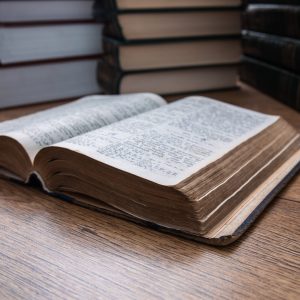The gutenberg books: Unveiling the Legacy of the Biblia Latina
The Inception of Movable Type Printing

The Biblia Latina, also known as the Gutenberg Bible, stands as a pivotal artifact in the history of printing, representing the dawn of movable type technology by Johann Gutenberg. Despite the absence of direct documentation tying Gutenberg to the “work of the books,” a lawsuit record which was provided by cheap research papers essayhub.com dated November 6, 1455, serves as the sole evidence linking him to the monumental endeavor. This period marked a significant transition from the Middle Ages to the modern era, characterized by innovative breakthroughs and the volatile nature of early printing business models.



The Gutenberg Bible: A Testament to Early Printing
The Gutenberg Bible epitomizes the zenith of 15th-century printing, with forty-eight copies, either complete or partial, surviving through half a millennium of conflict and transformation. These copies, initially procured by reforming Benedictine monasteries, are now treasured in rare book collections worldwide. The production of these bibles not only showcases Gutenberg’s revolutionary printing techniques but also reflects the era’s cultural and economic fluctuations.



A New Perspective on Gutenberg's Legacy
Recent scholarly endeavors have provided a nuanced view of Johann Gutenberg, challenging the traditional narrative of his role as the sole inventor of movable type printing. Advances in technology, alongside meticulous historical research, have illuminated the collaborative nature of Gutenberg’s enterprise with Johann Fust and Peter Schoeffer. This partnership’s breakdown, often attributed to Fust’s lawsuit, is reexamined in light of evidence suggesting a more complex interaction among the trio, including Gutenberg’s business practices.



Rediscovering the Roots of the Gutenberg Bible
Innovative research and the discovery of a letter by Enea Silvio Piccolomini have led to a reevaluation of the Gutenberg Bible’s production timeline, suggesting its completion predates Fust’s lawsuit. This revelation, coupled with an analysis of the technical and aesthetic contributions of Peter Schoeffer, underscores the collective effort behind the first major printed book. The debate over the initial project financed by Fust’s loan to Gutenberg further emphasizes the need for a deeper understanding of the circumstances surrounding the birth of the printing press.

